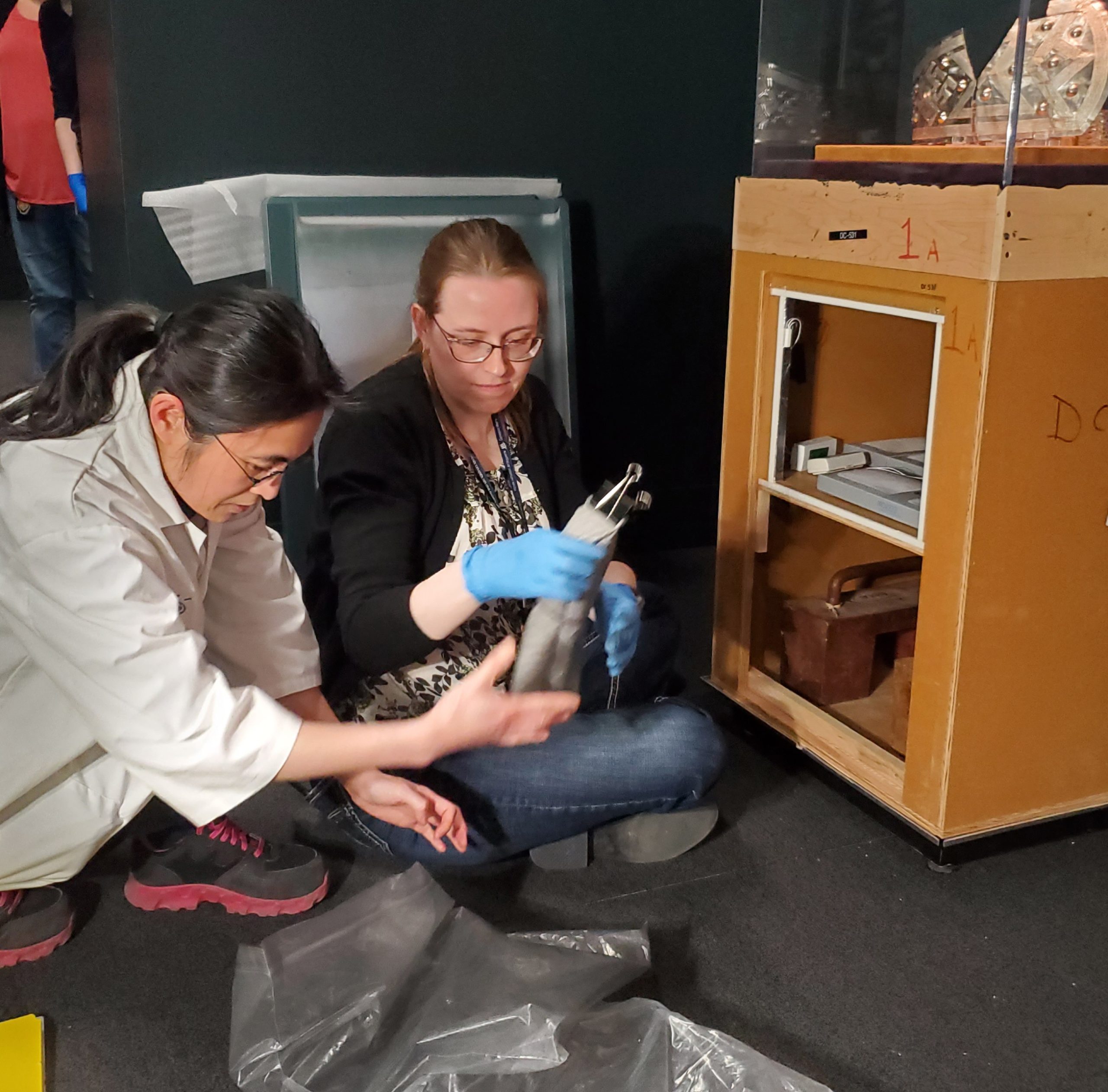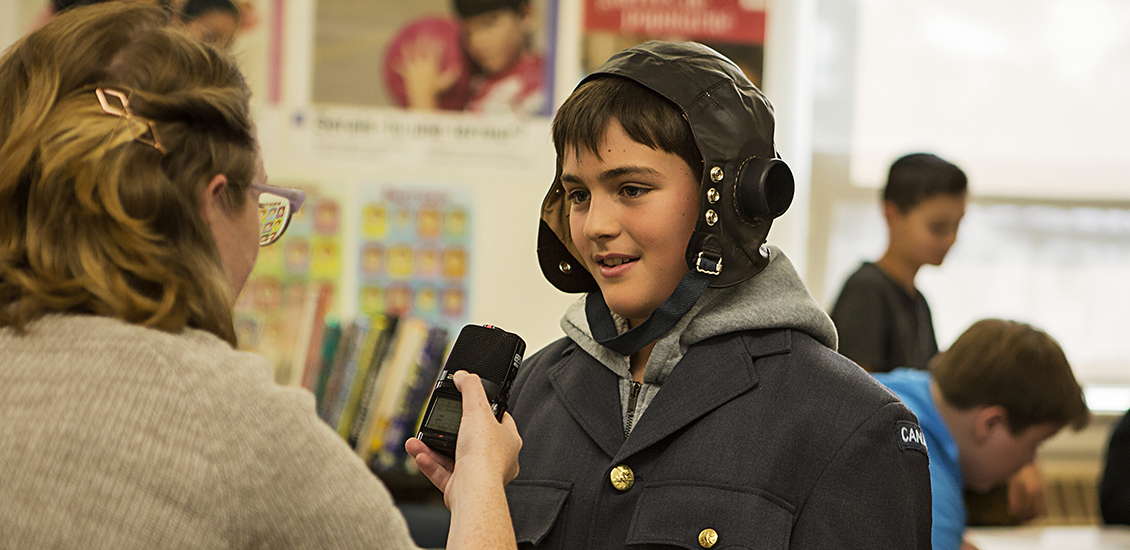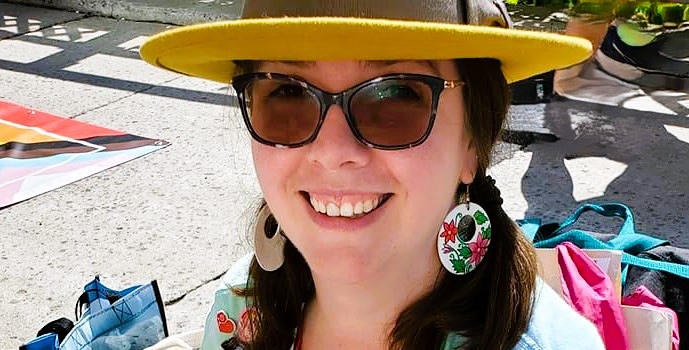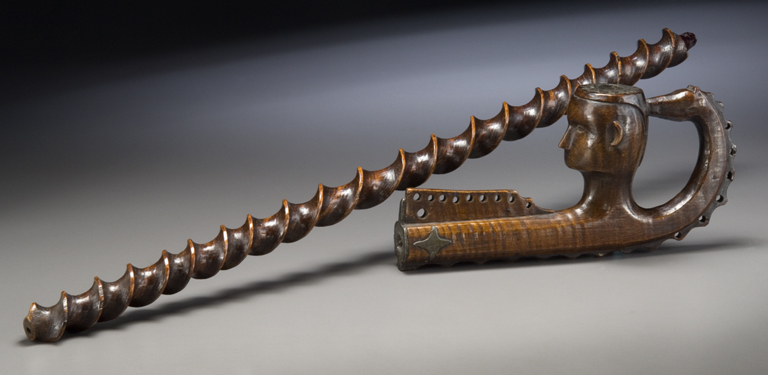
Calumet pipe, Ojibwa, Upper Great Lakes, 150–250 years old, Wood
Canadian Museum of History, III-G-884a, b
June is National Aboriginal History Month in Canada — a time to celebrate the heritage, cultures and contributions of First Nations, Métis and Inuit. It is also an occasion to reflect upon the past, present and future, to raise awareness, to foster understanding and to encourage dialogue. To mark Aboriginal History Month, the Museum is highlighting the history of First Peoples by presenting artifacts from its collections that tell the story of Aboriginal cultures of the Great Lakes. The final post in this series focuses on smoking pipes from the Great Lakes region of Canada.
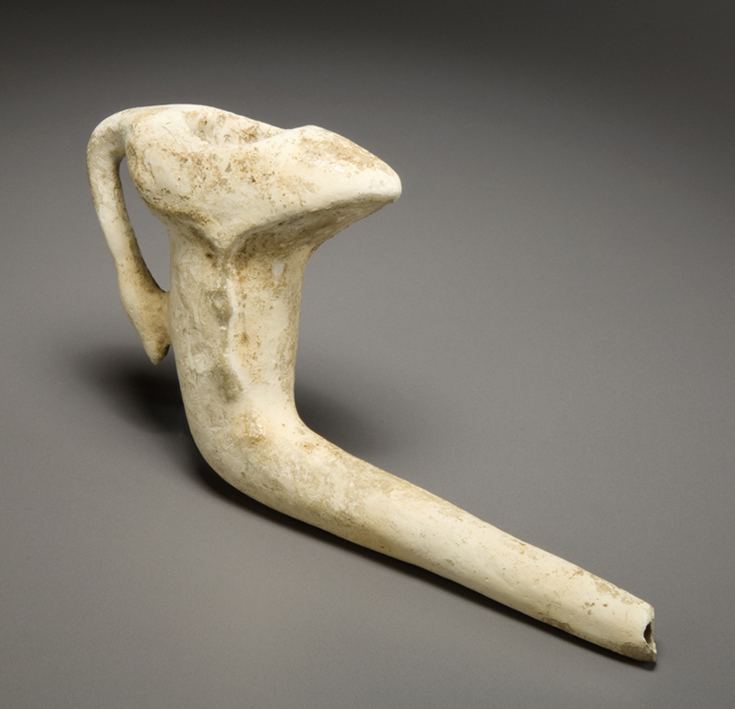
Pipe, Attawandaron (Neutral), Southern Ontario, 350–500 years old, Limestone
Canadian Museum of History, VIII-F:8550
Smoking tobacco, a plant domesticated on the American continent, and other plant derivatives occupied an important place among several of Canada’s First Nations, well before the arrival of Europeans during the 16th century. Smoking as a social and private activity was, in fact, brought back to the Old World by early European travellers.
The Huron/Wendat believed that inhaling tobacco smoke opened up both mind and spirit. Smoking was thus an important activity and often preceded important discussions.
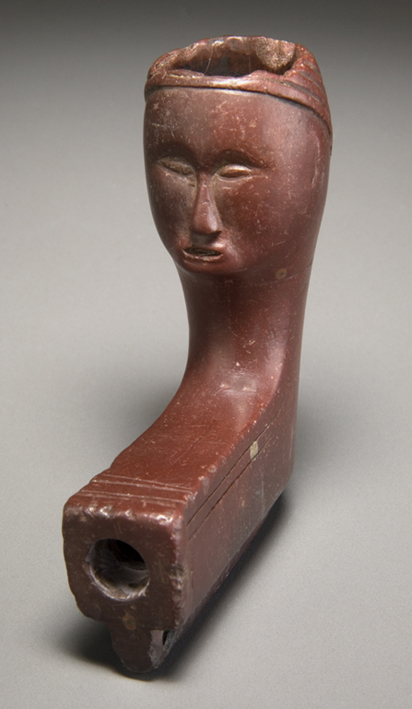
Pipe, Unknown culture, Southern Ontario, post-1600, Catlinite
Canadian Museum of History, VIII-F:8569
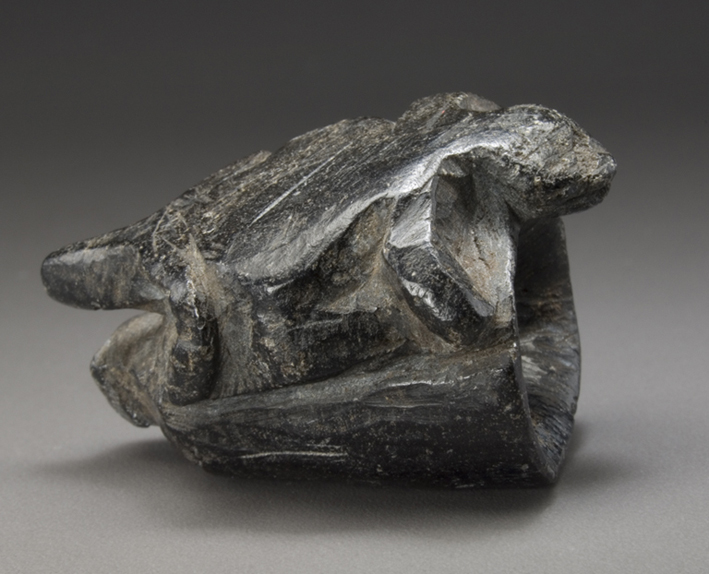
Pipe, St. Lawrence Iroquoian, St. Lawrence River Valley, approximately 450 years old, Ceramic
Canadian Museum of History, VIII-F:12005
The history of smoking can be traced through objects believed to have been used to consume a wide range of plant materials. Early examples include highly polished stone cylinders, while later implements resemble modern pipes, with separate bowl and stem. Over time, they were elaborately decorated with a range of recurring, traditional motifs. This suggests that the images reflect a body of symbolic attitudes towards smoking. Interestingly, the human or animal faces that often adorn these pipes are looking directly into the smoker’s eyes, as if to convey an important message to that person.
Studying historical objects such as these is fascinating, as it allows us to better understand the cultures and ways of life of the First Peoples of Canada’s Great Lakes region. It also helps us gain greater appreciation of the knowledge and ancient bond with the land that the First Nations, Métis and Inuit all share.
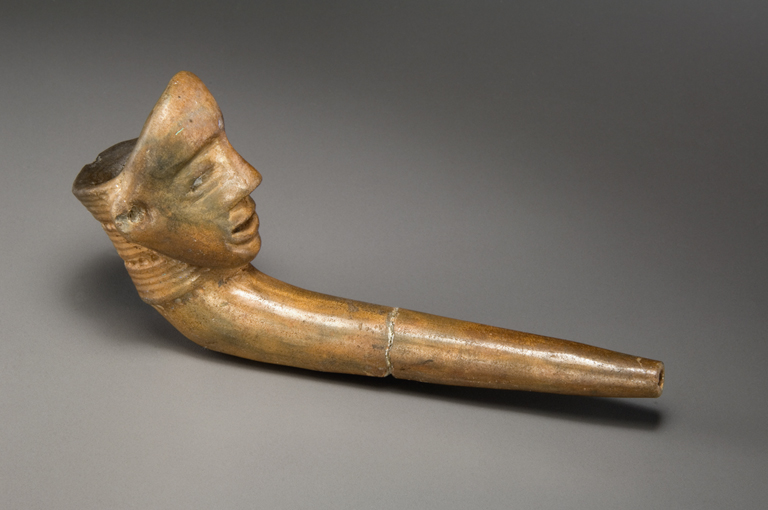
Pipe, St. Lawrence Iroquoian, St. Lawrence River Valley, approximately 450 years old, Ceramic
Canadian Museum of History, VIII-F:12005
To learn more about the cultures and history of First Nations, Métis and Inuit, I encourage you to explore our online exhibitions, several of which focus on Canada’s First Peoples, or to visit the Museum’s First Peoples Hall.

